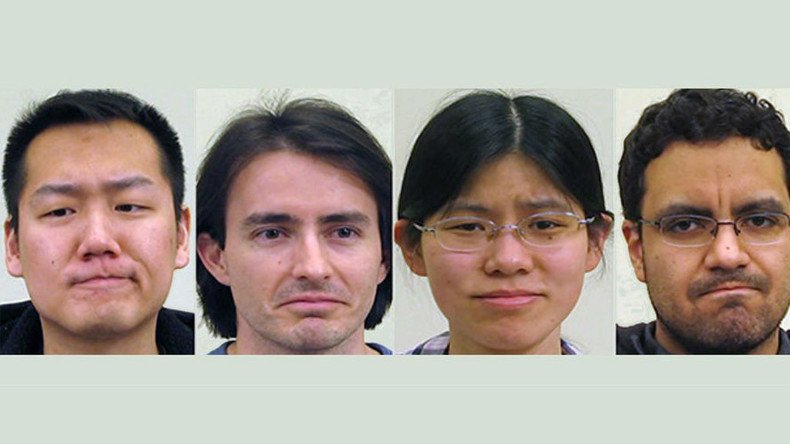'Not Face': Expression of disagreement is universal part of language, study says

They say a smile is the universal language of kindness, but it appears that's not the only facial expression understood across the world. Scientists have discovered the 'Not Face’, which they say is a global expression of disagreement.
While you may not have heard of the Not Face, chances are you've displayed it more than a few times, when you found yourself responding to something you didn't particularly agree with.
According to researchers from Ohio State University, the expression occurs when a person furrows their eyebrows, presses their lips together, and raises their chin – a combination of the three well-known expressions of anger, disgust and contempt.
And it apparently doesn't matter what country you hail from – the Not Face is understood across the globe.
To study the expression, the team enrolled 158 participants to sit in front of a camera and have a recorded conversation with one of the researchers. The volunteers were made up of speakers of four different languages: English, Spanish, Mandarin Chinese and American Sign Language (ASL).
The participants were then asked to recite negative sentences and to respond to questions which might evoke a negative emotion. Following the questions, the participants' faces were tagged and framed in a computer, on which an algorithm sifted through them to find similarities.
The team found that all of the groups used the Not Face inside their statements.
While it was often used to complement disagreeable words in many sentences, it was found to be extremely important for those using sign language.
"This facial expression not only exists, but in some instances, it is the only marker of negation in a signed sentence," researcher Aleix Martinez said in a statement. "Sometimes the only way you can tell that the meaning of the sentence is negative is that person made the 'not face' when they signed it."
Computer analysis also compared the tempo at which the participants' facial muscles moved, in order to determine whether the expression functioned as a universal grammatical marker of language. That is, the researchers were seeking to determine whether the Not Face appeared in conjunction with – or in lieu of – a spoken or signed marker of negation.
They found that all of the volunteers made the face within the typical frequency of human speech, which suggests that the Not Face is indeed a grammatical marker.
Martinez and his colleagues now plan to come up with an algorithm that can detect and record the Not Face without researchers needing to go through the slowed video footage frame-by-frame. Once the formula is in place, the researchers hope to analyze thousands of hours of YouTube videos, with the end goal behind 10,000 hours of study.
The team hopes the research will provide them with the ability to study how language was first created and how it evolved over time. Since the Not Face is universal, it is expected to be a great tool to answer questions about how communication techniques have changed.
The research was published in the journal Cognition.













